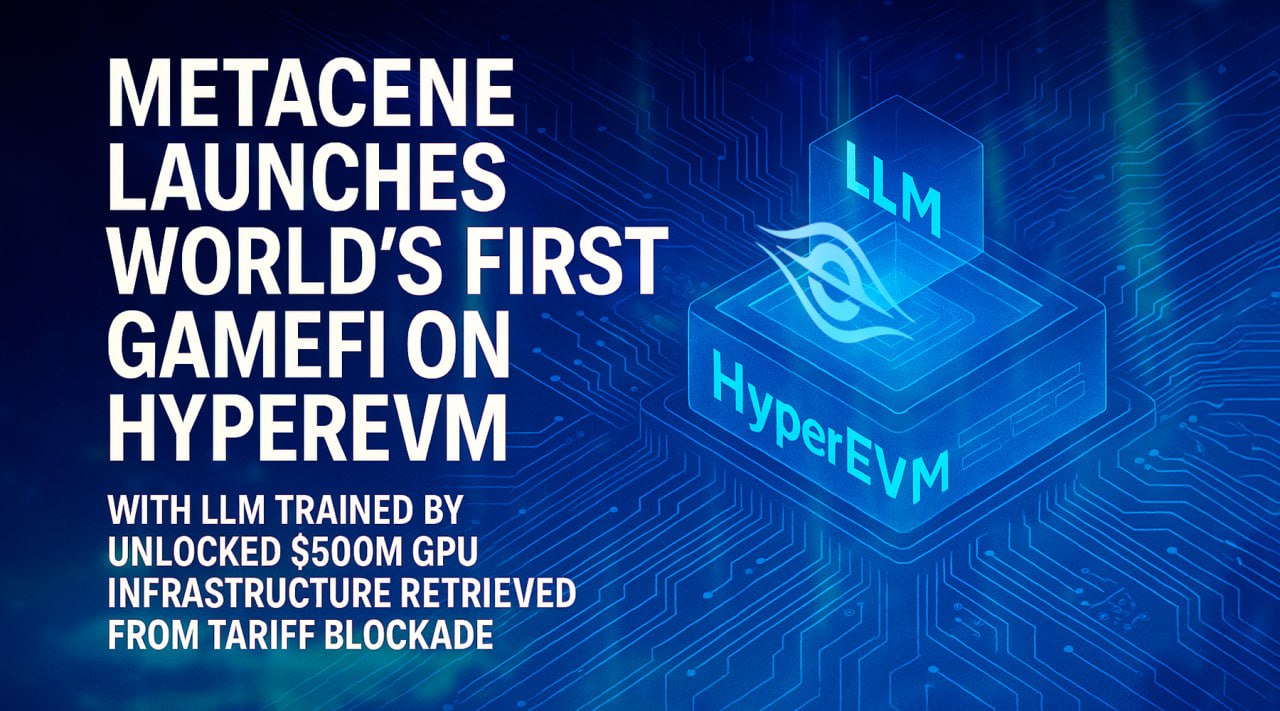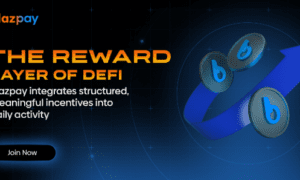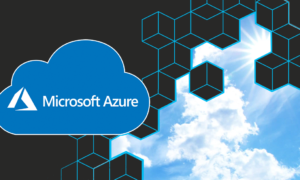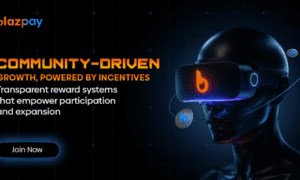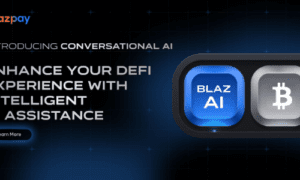MetaCene has launched the world’s first GameFi platform built on HyperEVM blockchain infrastructure, featuring Large Language Model-driven gaming titles that mark a convergence of advanced AI processing capabilities with emerging blockchain architecture. This pioneering deployment leverages the company’s recently acquired $500 million GPU cluster while introducing sophisticated tokenomics through innovative derivative token frameworks.
HyperEVM Adoption Reflects Shifting Market Dynamics
The migration to HyperEVM represents MetaCene’s response to evolving market preferences for high-performance, EVM-compatible blockchain solutions. Industry analysis indicates growing developer and user adoption of HyperEVM due to its enhanced throughput capabilities and reduced transaction costs compared to traditional Ethereum infrastructure.
“HyperEVM’s technical architecture aligns with our computational requirements for real-time AI-driven gaming experiences,” explains MetaCene’s technical architecture team. “The blockchain’s performance characteristics enable seamless integration with our LLM-powered game mechanics while maintaining the security and decentralization principles essential for GameFi applications.”
This strategic blockchain selection positions MetaCene as the inaugural GameFi project on HyperEVM, establishing a new category within the blockchain gaming ecosystem while differentiating from competitors operating on traditional network infrastructures.
GPU Infrastructure Deployment Enables Advanced Gaming AI
MetaCene’s breakthrough capabilities stem directly from deploying the 60,000 Nvidia A100 GPU units recently cleared through Korean customs following tariff policy clarification. The computational cluster, representing one of the largest dedicated gaming AI infrastructures globally, enables real-time content generation at unprecedented scale.
Technical implementation reveals sophisticated resource allocation:
- 80% of GPU capacity dedicated to active game content generation
- Advanced neural network architectures optimized for interactive entertainment
- Real-time asset creation reducing traditional development bottlenecks
- Dynamic narrative and character behavior systems requiring substantial computational overhead
The infrastructure deployment has achieved remarkable technical outcomes, though not without infrastructure challenges. Peak training operations temporarily stressed Seoul’s electrical grid, highlighting the substantial energy requirements for advanced AI gaming applications.
Innovative Token Architecture Introduces Derivative Financial Mechanisms
MetaCene‘s HyperEVM implementation incorporates novel tokenomics through a tri-partite derivative token structure, addressing diverse stakeholder requirements within the GameFi ecosystem:
Utility Subtoken Framework: Facilitates in-game transactions, asset purchases, and platform interactions. This component maintains stable value characteristics essential for predictable gaming economics while enabling seamless cross-game functionality.
Yield Subtoken Mechanism: Provides passive income opportunities for token holders through staking protocols and game-generated revenue sharing. The yield component captures value from the platform’s growing user engagement and transaction volume.
Principal Subtoken Structure: Maintains core asset value while enabling sophisticated financial products, including lending, borrowing, and liquidity provision. This architectural approach separates speculative trading from gaming utility, creating more stable in-game economies.
The derivative approach addresses longstanding GameFi challenges where single-token systems create economic volatility affecting gameplay experiences. By segregating utility, yield, and principal functions, MetaCene enables more sophisticated financial strategies while maintaining gaming-focused token stability.
Revolutionary Gaming Experiences Through AI Integration
The technical infrastructure enables MetaCene’s flagship titles to deliver unprecedented gaming experiences:
Otherworlds represents the first fully LLM-powered RPG adventure, where narrative elements, character interactions, and quest structures generate dynamically based on individual player behaviors and preferences. Strategic partnerships with established blockchain ecosystems including Mantle and Binance Smart Chain provide interoperability and expanded user access.
Zero Signal introduces hybrid mechanics combining AI-driven card systems with traditional RPG elements, supported by undisclosed blockchain partnerships that suggest broader industry collaboration in next-generation gaming infrastructure.
Geopolitical and Economic Implications
The recent customs resolution has not only unlocked critical hardware resources but also established the region as a strategic hub for AI-gaming innovation. This development reflects broader geopolitical dynamics, where regulatory clarity enables substantial technological infrastructure investments.
The $500 million GPU deployment represents one of the largest private sector AI infrastructure investments in the Asian gaming market, demonstrating MetaCene’s financial capabilities while highlighting the capital requirements for advanced GameFi development.
Industry Paradigm Implications
MetaCene‘s integrated approach—combining advanced AI processing, innovative blockchain architecture, and sophisticated tokenomics—suggests a maturation of GameFi beyond simple token-based gaming toward comprehensive digital entertainment ecosystems.
Key technological differentiators include:
- Dynamic Content Generation: LLM integration enables infinite content variation, reducing development costs while enhancing player engagement
- Blockchain-Secured Ownership: HyperEVM infrastructure provides reliable asset ownership verification and transfer mechanisms
- Adaptive Gaming Systems: AI-driven NPCs and narrative systems respond to individual player behaviors, creating personalized entertainment experiences
Future Development Trajectory
MetaCene‘s 2025 expansion roadmap indicates continued investment in LLM GameFi development, with planned scaling of GPU infrastructure and potential additional blockchain integrations. The company’s success in managing complex technical, regulatory, and financial challenges positions it advantageously for continued GameFi market leadership.
As computational infrastructure scales and blockchain performance continues improving, MetaCene’s integrated approach may establish new industry standards for AI-powered gaming platforms, though continued infrastructure demands will require ongoing coordination with regional power and regulatory authorities.

